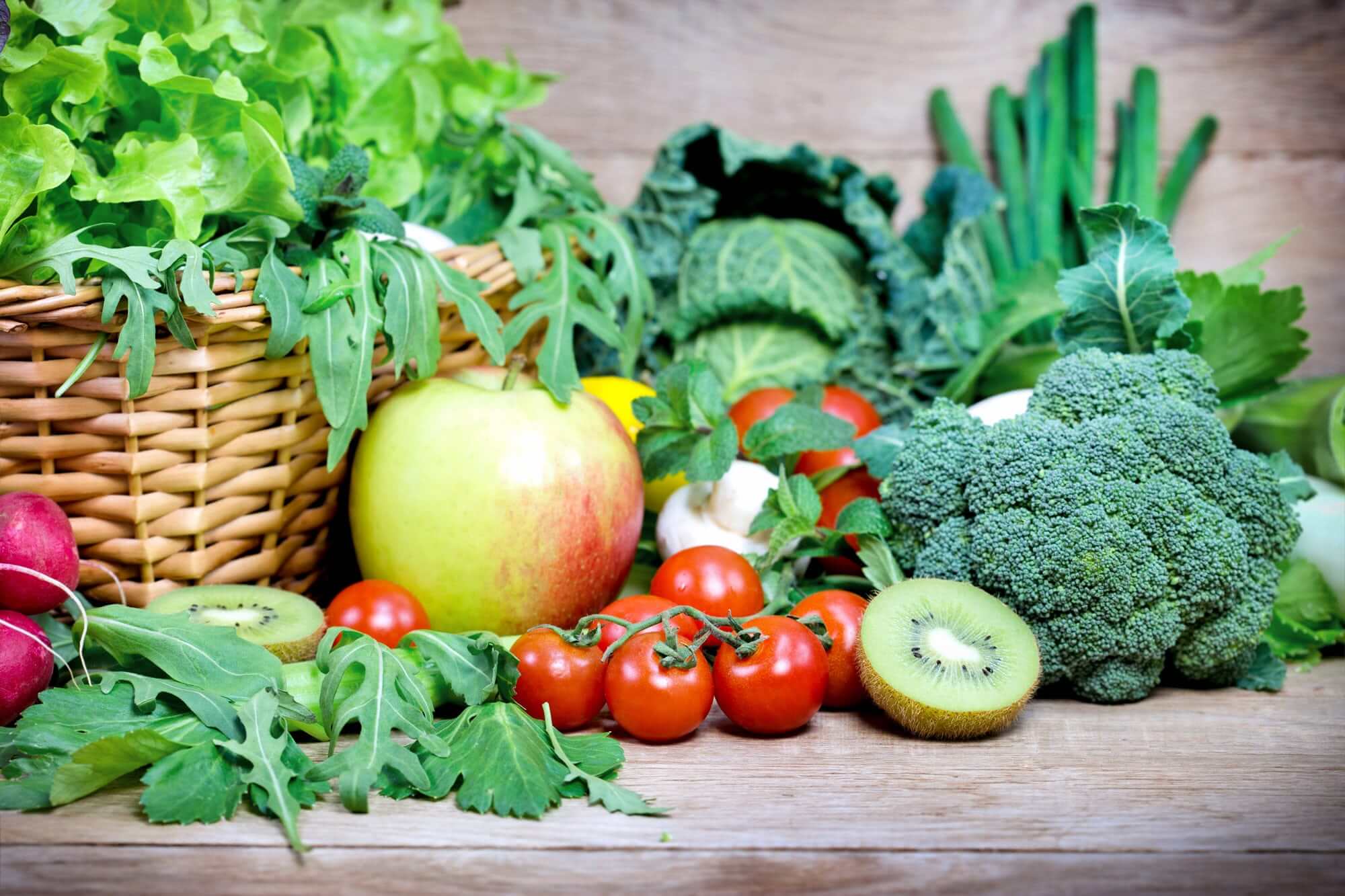Last updated on June 18th, 2019
We can seek refuge from the confusion of nutritional messages in the media by looking to our ancestors’ diets and lifestyles for guidance. People are returning to their roots in droves, growing their own vegetables and becoming increasingly aware of the perils of processed food. Consider what we can learn from different cultures where the prevalence of disease is low and the quality of life is high. In other parts of the world people are living long, healthy and happy lives. What is their relationship with food, how do they eat and, most importantly, what do they eat?
Japan
Despite a prevalence of stomach and liver cancer when compared with the rest of the world, Japanese men and women live longer and are healthier than anyone else on earth. Their cuisine is famous for its delicate presentation, high nutrient content and many rituals. Four or five different varieties of food may be served in a single meal and it is not uncommon for vegetable soup or salad to be eaten for breakfast. Japanese cuisine incorporates a lot of seaweed (or sea vegetables) such as kombu, nori and wakame which are all good sources of iodine, essential for brain and thyroid function. The diet is rich in fish, particularly salmon, fresh tuna, mackerel, sardines and herring which are great sources of the essential fatty acid omega-3.
This has mood-boosting benefits and a protective effect on cholesterol. Because so much fish is consumed, smaller amounts of red meat are eaten.
China
The China Study has been described as the most comprehensive study ever undertaken of the relationship between diet and the risk of developing degenerative disease. It assessed the dietary habits of people living in rural areas of China and concluded that those who ate mostly animal-based foods had an increased prevalence of chronic disease whereas those who ate mainly plant-based foods were healthier and tended to avoid chronic disease. Unlike the typical Western method of basing main meals on meat, the traditional Chinese way is to base meals on vegetables and rice or noodles, accompanied by small amounts of meat. Chilli, ginger and garlic are used not just to enhance the flavour of foods but also as digestive aids.
Peru
Peruvians love their food. They eat meals made from scratch with local produce and always take the time to sit down and eat with friends or family. Ceviche is Peru’s national dish and is found in almost all restaurants and cafés. It is a very quick and nutritious way of preparing seafood, typically white fish, which is marinated with lime or sour orange juice. Quinoa is a staple and was of great nutritional importance to Incan civilizations, secondary only to the potato, because it is a nutritional powerhouse. Quinoa has become increasingly popular as it is the only plant-derived complete protein, meaning it contains all essential amino acids. It is a good source of fibre and phosphorous, magnesium and iron. Quinoa is gluten free and gentle on the digestive system.
Greenland
The Inuit people have been of interest to scientists for a long time. They usually eat only two main meals a day but it is common for them to snack hourly. Because the fats of their wild-caught game are largely monounsaturated and rich in omega-3 fatty acids, their food does not pose the same health risks as those of a typical Western diet, higher in saturated and trans fats; consequently the Inuit population has some of the lowest rates of cardiovascular disease in the world. Inuits obtain their vitamins and minerals, which are typically derived from plant sources, from fish and meat. Vitamins D and A are found in the oils and livers of cold-water fish and mammals. Other vitamins are obtained through sources such as kelp, whale and seal. Because these foods are typically eaten raw or frozen, the vitamin C they contain, which would be destroyed by cooking, is maintained. The health benefits of this diet lie in the high levels of omega-3 fatty acids and their protective qualities.
Greece
The Mediterranean diet has been considered the gold standard for disease prevention for many years. It consists of an abundance of fresh produce, particularly brightly coloured vegetables high in phytochemicals. It also includes legumes and unrefined cereals; again the focus is on plant foods. One of the key reasons the diet is considered so beneficial is because of the consumption of olive oil. Olive oil contains a very high level of monounsaturated fats, most notably oleic acid, which has been linked to a reduction in coronary heart disease risk in numerous epidemiological studies. There is also evidence that the antioxidants in olive oil improve cholesterol regulation and help to regulate LDL cholesterol. Pistachios, almonds and walnuts are eaten as snacks, providing more beneficial good fats. Mediterranean cooking also uses a lot of lemon juice and rind to season food and in dressings.









